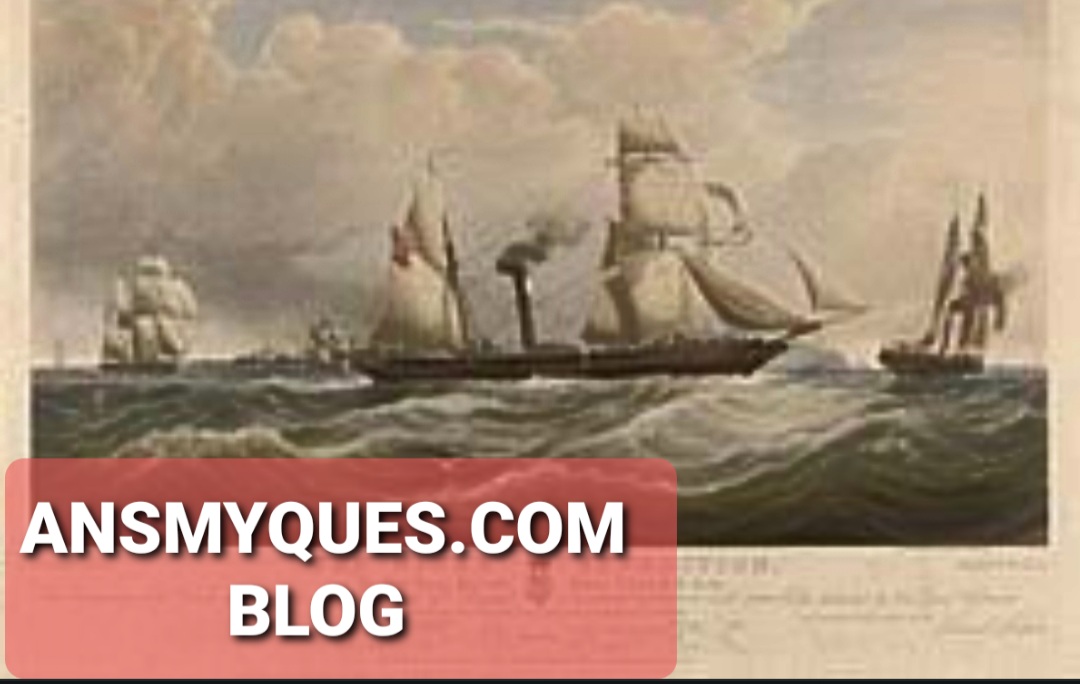HOW DO GRAVURE PRESSES WORK?
Definitely, an impression is needed for printing and we have known that gravure printing is done from engraved plate or cylinder.
The engraving is done by a process similar to photo engraving. All the copy is photographed but don’t copy, that is such a photographs and paintings is not photographed. Without much details, the photographed image is then transferred into plate which when pathed any particular acid that eat through the gelatin squares invite thousands of little cells or pits into the plate.
The plate is depression carrying plate and in its case, on the printing press, the deepest sell the most ink and print the darkest own while the shallowest ones old the list in and print the lightest stones. They are also several other gravel plate making processes which we don’t have to go into details of now. You can equally check HOW TO PREPARE DUMMY SHEET
HOW DO GRAVURE PRESSES WORK?
There are many types of gravure presses from simple mechanical ones, too lightly sophisticated ones. Several method can be used to ink the printing cylinder. Most persons use through fill the cell or ink wells on the plate with ink. The doctor blade wipes the surface clean so that the increment only in the sunken cell or inks well. The impression roller then present paper against the printing cylinder and into the cells. The pressure transfer the ink in each cell to the paper.
Gravel presses are either sheet-fed or web fed rotary presses. Sheetfed presses print from engraved copper plates which are clamped around the plate cylinder while web fed presses print from engraved copper plated cylinder which are position on the press, high speed web page gravel prices are referred to as rotogravure that can run at speeds over 1000 feet per minute.
Gravure is increasingly being used in magazine publication and its printing packaging. This is due to its ability to provide the most acceptable reproduction on lower quality stock and to its ability to print on a wide variety of substrates as foil, film and polyester and because of the money saved and the quality of, production. It reduces fine details and need les, expensive paper than that required by the geography.
ADVANTAGES
- quality production of work or arts and photographs made possible.
- Ability for high speed production is made available,
- It has ability to print on any material or stock.
- Reduction in cost of large quality production is achieved.
- There is tendency to coarsen or thicken for fine effects.
- Its uses fast-drying ink for quick delivery
DISADVANTAGES
- High initial cost.
- Not for job printing, not economical for a production less than 100000 copies.
- Some section of the screen lines type area are not entirely solid but can only be clearly detected with a magnifying glass.
Thanks for getting this from us, bye for now
You can also check out HOW TO PREPARE A DUMMY SHEET

